New Rules to Public Service Loan Forgiveness Allow 100,000 Borrowers To Be Eligible
On October 6 of last year, the Department of Education announced temporary changes to the Public Service Loan Forgiveness (PSLF) program as a response to the economic slowdown caused by Covid-19. The main change comes from expanded eligibility until the end of October this year, resulting in more than 100,000 borrowers now eligible with an estimated total of $6.2 billion in federal student loan cancellations.
Currently, there are still many borrowers who have not yet been contacted for their changed eligibility status for debt relief. Although the department did not give a specific date or timeline for when they will be notified, the agency said the eligible borrowers are being contacted on a rolling basis.
PSLF program was launched as a part of the College Cost Reduction and Access Act of 2007 to encourage and support students to take jobs in the public interest sector, which are relatively low-paying compared to those in the private sector. The program does not provide any direct financial means to students to start their careers in the public interest. Instead, it offers debt cancellation for federal loan borrowers who have made 120 qualifying monthly payments while working for qualifying employers.
The recent change to the program policies came as the Biden administration attempts to address the longtime criticism of the confusing PSLF. Before the temporary measure, basic requirements were regarding the type of loans, employment, and the number of qualifying payments.
Of those, the change is primarily focused on the type of student loans; while only federal direct loans were previously eligible to be canceled, any federal student loans, including Federal Family Education Loan (FFEL), are eligible to be canceled until this October, as long as the borrower has been working full time for a qualifying employer.
In 2020, only 1.96 percent of PSLF applications were considered eligible by the servicer. With the temporary waiver, however, an unprecedented number of borrowers are expected to receive debt relief. Data tables are in chronological order. Source: Federal Student Aid PSLF Data
It may be true that the temporary measure on the program would not affect as many Americans as Biden’s student loan forgiveness plan, universally canceling $10,000 per borrower for nearly 46 million people. However, considering that only 45,730 borrowers out of 2,338,307 PSLF applications were deemed eligible by the servicer in 2020, the department’s estimation of more than 100,000 eligible people for loan forgiveness this year signals a significant impact the temporary change will bring to those who chose public interest jobs relying on PSLF.
Education Secretary Miguel Cardona said, “The PSLF announcement made today means more of our dedicated teachers, nurses, first responders, service members, and many other public service workers will get meaningful relief.”
Though many borrowers do not have to take any steps to be considered under the temporarily changed PSLF policy, the department strongly recommends borrowers check if any of their loans fall under a list of older loan programs that must be consolidated into the Direct Loan program. Namely, Federal Family Education Loan (FFEL) Program loans, Federal Perkins Loans, Federally Insured Student Loans (FISL), and National Defense Student Loans (NDSL) are listed as examples.
Furthermore, those who wish to have their debt canceled under the temporary waiver must also file a Public Service Loan Forgiveness (PSLF) and Temporary Expanded PSLF (TEPSLF) Certification and Application to have any past periods of repayment credited toward the program. All of the above changes must be made by October 31, 2022.

Meanwhile, the Department of Education announced on April 6 that it will once again extend the pause on student loan payments through the end of this August. Federal student loan borrowers have been exempted to make monthly payments since March 2020, following the devastating effect of the pandemic on the global and national economy.
President Biden has delayed loan payments four times since he was sworn into the Oval office. As the infection numbers in the U.S. are slowly increasing again with a tragic record of more than a million Covid deaths in the country alone, the administration may decide to postpone another pause on loan payments before September comes.
The current administration has not progressed much on delivering Biden’s campaign promise to cancel $10,000 in student debt per borrower. Instead, it has taken actions to fix and update existing forgiveness programs such as PSLF and Borrower Defense Loan Discharge — a relief program for victims of for-profit college fraud. As of late April, the Biden administration has canceled more than $17 billion in student debt.
Read More: Nation Divided Over Biden’s Potential Student Loan Forgiveness Policy







